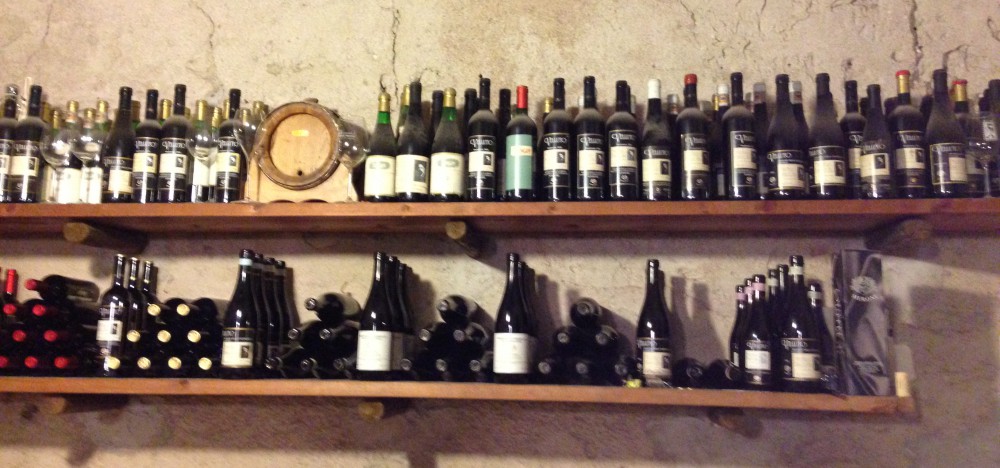Hello Wine Lovers,
March is “Washington Wine Month” and there are plenty of great wines and fun events planned for March. A good website to learn more about Washington wines is www.washingtonwine.org. This site offers information on major wine producing regions, wineries, educational information, events and ways to connect with folks in the industry. Here are events planned for March: http://www.washingtonwine.org/events/?date=2015-03.
Wine in Washington got its start in Fort Vancouver in 1825. Since then, Washington has grown to become the second largest premium wine producer in the United States. The state is host to a wide variety of soil and climate types that growers and wine makers weave into a plethora of excellent red and wine wines. Creation of the Washington State Wine Commission in 1987 and growth in available educational resources have improved marketing of, quality and consistency of the state’s wines.
Here are a few facts about Washington wine.
- In 1981 there were 19 wineries, in 2004 there were 300 wineries and by 2014 there were more than 850 wineries. There are more than 350 wine grape growers.
- There are 13 recognized American Viticultural Areas (AVA) and 8 of those have been recognized in the last 10 years.
- Yakima Valley – 1983 Walla Walla Valley – 1984
- Columbia Valley 1984 Puget Sound – 1995
- Red Mountain – 2001 Columbia Gorge – 2004
- Horse Heaven Hills – 2005 Wahluke Slope – 2006
- Rattlesnake Hills – 2006 Snipes Mountain – 2009
- Lake Chelan – 2009 Naches Heights – 2011
- Ancients Lakes of Columbia Valley – 2012
- The leading red and white varietals are:
- Riesling Cabernet Sauvignon
- Chardonnay Merlot
- Pinot Gris Syrah
- Sauvignon Blanc Cabernet Franc
- Gewurztraminer Malbec
- Viognier Pinot Noir
- Semillon Sangiovese
- Chenin Blanc Lemberger
- Wine production is approximately 12.5 million cases with the record harvest in 2013 of 210,000 tons.
- Winery revenues are roughly $1 billion providing for 27,455 full time equivalent wine related jobs in the state.
With all this great wine and a month of events, be sure to taste some Washington wines. A few of our favorite wineries are; Abeja, Grantwood, Northstar, Saviah, Gorman, Bookwalter, Mark Ryan, Gamache, Owen Roe, and Ramseyer.
Enjoy!
Mike
Other resources:
